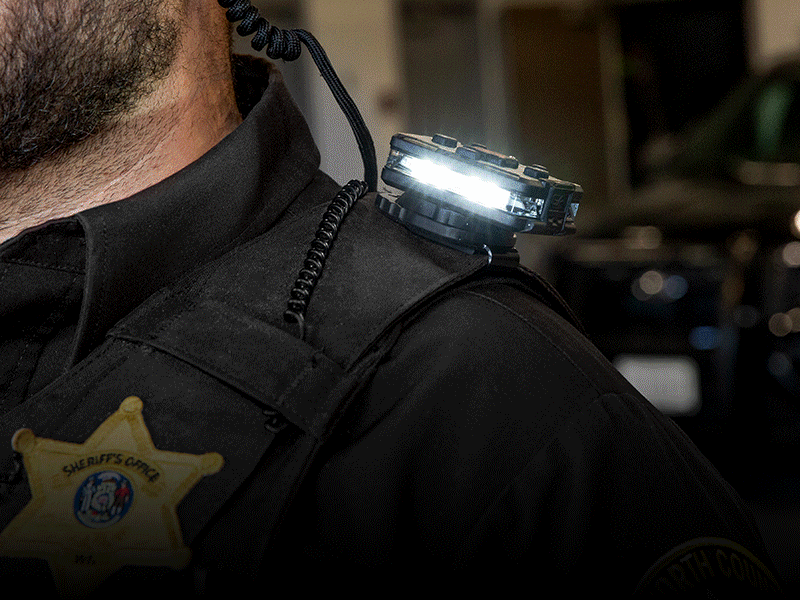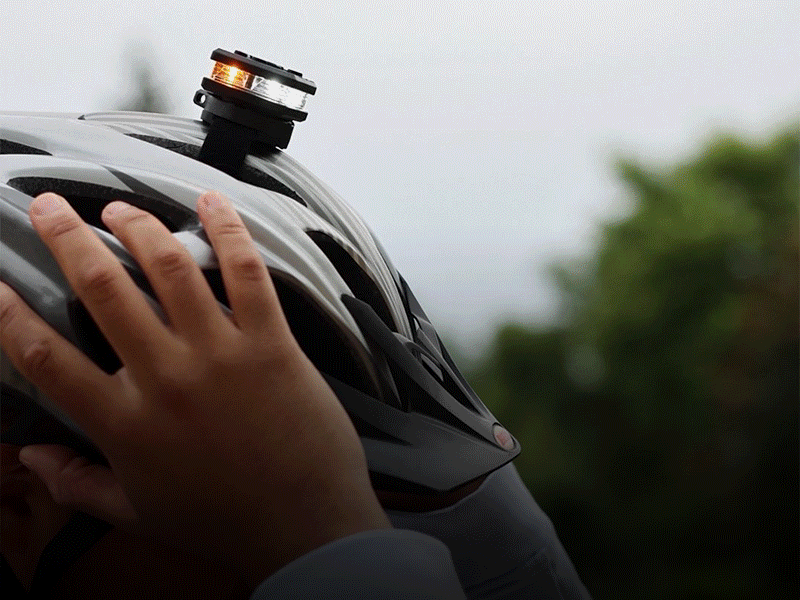Florida Emergency Vehicle Light State Statutes
Florida Emergency Vehicle Light State Statutes
Florida laws on emergency light vehicles serve two main purposes. Determining which vehicles should display such lights, and under what conditions they are displayed, is designed to protect pedestrians from dangerous criminals impersonating police or other emergency workers.
Such emergency lighting regulation also allows emergency vehicles and other equipment perform important duties. To that end, Florida vehicles that display appropriate lights may have certain rights in drive, run red lights or use other lanes. The lights also alert cyclists and pedestrians to stay clear and move over, so that these emergency vehicles can carry out life-saving and other important public tasks.
Below we highlight the major emergency vehicle categories as well as the lights that are allowed. Most of those laws come from Florida Statutes section 316.2397.

Police Lights Florida
Section 316.2397(2) of Police Lights Florida Statutes allows for blue lights on police department vehicles, the Florida Highway Patrol, and Sheriff’s offices. A vehicle driven by probation or parole offices working for the Florida Department of Corrections or a local correction agency may have blue lights where an emergency arises. Anyone who uses flashing or strobe blue lights on a vehicle is generally in breach of Florida law.
Under Section 843.081, it is generally contrary to the law for any person in a non-governmental vehicle to use a blue rotating or flashing light unless the person is a police officer, sheriff or deputy sheriff, or a Florida State trooper. Companies licensed by the State of Florida to sell or repair law enforcement equipment, along with their sales or repair staff and other staff, may display the flashing blue lights while engaging in their business work. (Section 843.081(3)) According to the Attorney General of Florida, the fact that the blue lights are not in fact used does not affect who is forbidden to have them.
Section 33-602.701 of the Florida Regulations extends further when using Blue Police lights. These rules allow facilities to have up to three canine unit primary and secondary vehicles with blue lights. Up to two vehicles allocated for trailing external EMS transport vehicles may have blue lights in facilities.
Vehicles that only use blue lights must obey all traffic laws including those for speed and stop lights and signs. In emergencies, drivers may sound the sirens along with the use of blue lights, such as finding escapees or providing armed escort to emergency vehicles carrying inmates.
Fire Truck Lights
Under Florida Statutes Section 316.2397(3), Fire Department and Fire Patrol Vehicles may display red lights in emergency situations. These include, under the conditions set out in Section 316.2398 of the Florida Statutes, vehicles from municipal or government fire departments and those of voluntary firefighters.
Volunteer Fire Fighter Lights
Red lights in the private vehicles of active volunteer firefighters are permitted under sections 316.2397(3) and 316.2398(1). However, there are limits and conditions:
- At the time of use, the volunteer firefighter must actually travel to the fire station in connection with going to the incident.
- Up to 2 red warning signals may be displayed by the operator.
The firefighter must get permission from the department chief to use the red warning signals or any type of LED light bar. While using the warning signals the driver must carry the permit.
The siren lens face must be free from any type of writing or inscription. - According to Section 316.2398(5), members of the voluntary fire department who use red lights in their vehicles in violation of Section 316.2398 must be dismissed from their departments.
Ambulance Lights
Section 316.2397(3) also allows for red lights for ambulances operated by local governments or private-sector public service corporations. As with volunteer firefighters, in emergency situations doctors or medical staff members of health care facilities licensed in Florida may equip their private vehicles with and operate red warning lights from them. (See Section 316.2398) Under Section 316.2397(3),
Tow Truck Lights
Wreckers in Florida may use amber lights while towing or otherwise operating vehicles. Hazards also give wreckers a reason to turn on the lights. In either case, when driving to and from the place of operation or hazard, the tow truck driver must obtain authorization, either by permission or direction, from a law enforcement officer or agency.
Section 316.2397(3) requires flashing or rotating amber lights when recovered or loaded by the tow truck operator Vehicles along roadside. This requirement is applicable during daylight hours as well as at night and evening.
Road construction and maintenance vehicle lighting
Under section 316.2397(5), during operation and in hazards, construction vehicles are permitted to have white lights.
Subsection (4) allows for amber lights when an operation is performed on road maintenance vehicles. Those lights can be white, flashing or strobe where there is a hazard. (Section 316.2397 x (5))
Utility Vehicle Lights
Florida law does not permit flashing lights for utility vehicles to express leave. Those are generally not considered emergency vehicles as such.
However, Section 316.126 of the Florida Statutes places motorists approaching utility trucks within reach of the requirement to move over and slow down. Specifically, vehicles that arrive on a utility truck must do the following:
- Get out of the ground closest to the utility truck
- If the speed limit posted where the utility truck operates is 25 miles per hour or more, the motorist may drive no more than 20 miles per hour below the speed limit. For instance, if the speed limit usually lies at 35 miles an hour, the approaching driver must slow down to 15 miles an hour or less.
- If the post speed limit is 20 miles per hour or less, slow the vehicle down by a minimum of five miles per hour. For example where the posted limit is 15 miles per hour, when approaching a utility truck, the driver can not go faster than 10 miles per hour.
- Utility vehicles performing tasks such as fixing power poles or power lines must display any visual signal, such as flashing tail lights, to alert motorists of their presents.
Pilot Vehicle Lights
During their escorts, trucks and cars which escort vehicles carrying mobile homes, cement, steel and other oversized buildings or building materials may display amber lights. Section 316.2397(3) provides that permission.
Private Security Vehicle Lights
Private security vehicles include those that might patrol shopping centers, office complexes, apartment complexes, plants, and other private properties. These are owned by non-governmental security firms, and fall under Section 3166.2397(3) category.
Private security vehicles, such as courts or other official grounds and buildings, may also be used in providing security to public property. Lighting permitted for these vehicles includes green and amber, as long as either color does not exceed half the lights displayed. Operators of these vehicles can view the lights on the private or even public property while engaged in security functions.
Emergency vehicle lights warn motorists about police, fire, rescue and other emergency responders approach. The blue lights can often force vehicles to stop and wait for the driver, especially in the case of police.
The state emergency light law for Florida is designed to ensure the protection of pedestrians from traffic collisions involving such vehicles or from impersonators pursuing their own criminal designs.
For more information on what lights are available to you, we suggest calling your State Highway Patrol office at: 850-617-2000
* Please note that these numbers are what we can currently find, and the numbers may have changed since this listing.





